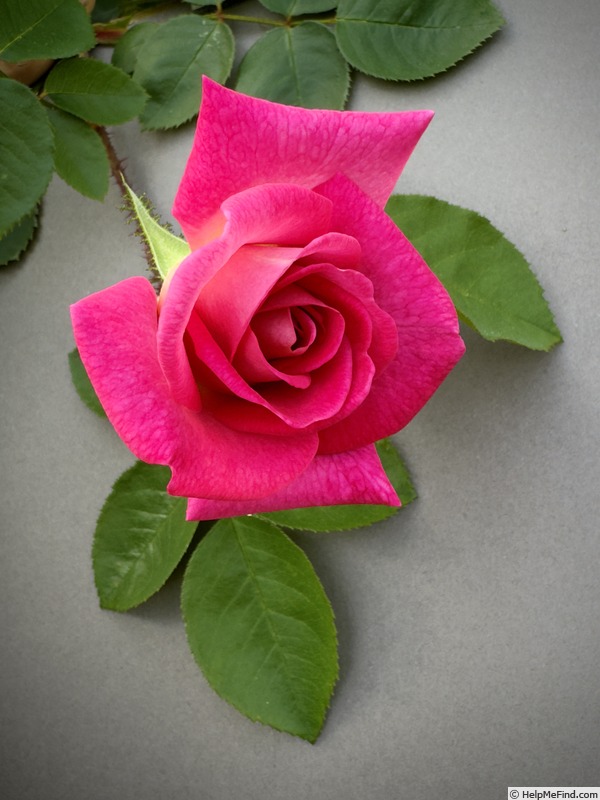|
|
'Sugar Jangle' rose Description

Photo courtesy of Paul Barden
Bloom:
Seashell-pink and deep pink, light yellow center, cream reverse. None to mild fragrance. Average diameter 3.5". Medium to large, double (17-25 petals), cluster-flowered, in small clusters bloom form. Spring or summer flush with scattered later bloom.
Habit:
Tall, arching, armed with thorns / prickles, climbing, lax, upright. Large, semi-glossy, dark green foliage.
Height: 5' to 10' (150 to 305cm).
Growing:
USDA zone 5a and warmer. Can be used for cut flower, garden, landscape, pillar, shrub or specimen. Very hardy. very vigorous. a good subject for pegging. can be trained as a climber. Disease susceptibility: very disease resistant. Remove unproductive wood every third year or so.
Breeder's notes:
This is a seedling that germinated under one of the greenhouse benches several years ago. Its exact origin is not known, but based on what crosses I made in 2002 I suspect that it is from 'Condoleezza', and may have "Orange Moss" as a pollen parent.
This is a Spring blooming variety and has developed as a tall, lanky climber, much in the manner of mosses like 'William Lobb'. The bloom form is utterly modern as is it coloring. I don't recall that blooms have much fragrance, except in the mossing itself.
This has been extremely healthy in the greenhouse (Mildew rarely troubles it) and so I have decided to start using this in breeding. Because it gets no particular care and thrives in near total neglect, it may have value in breeding. I am considering releasing limited numbers of this, as it may appeal to those who enjoy "collectors item" type roses.
It is very likely a tetraploid, but has not been tested.
Patents:
Patent status unknown (to HelpMeFind).
|